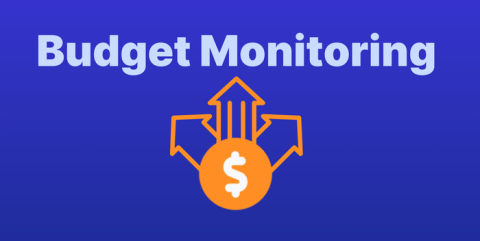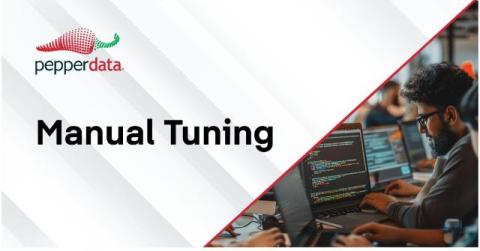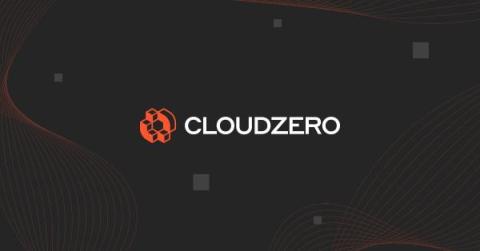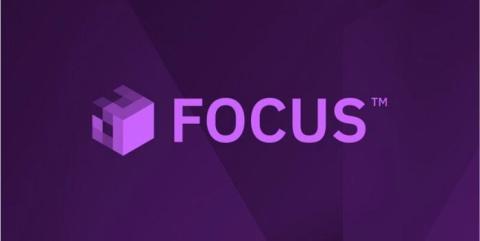9 MongoDB Alternatives To Consider (And When To Use Each)
MongoDB has earned quite the credentials as a flexible, high scalability, and reliable database management system. Yet, it isn’t flawless. Several MongoDB alternatives now offer superior advantages for specific use cases. In this guide, we’ll share insights into the strengths and weaknesses of leading alternatives to MongoDB. By the end of this post, you will be in a better position to choose your next DBMS with confidence.










